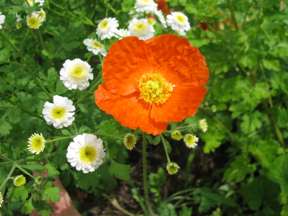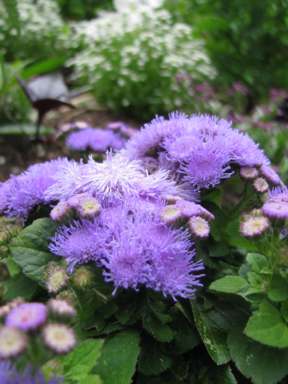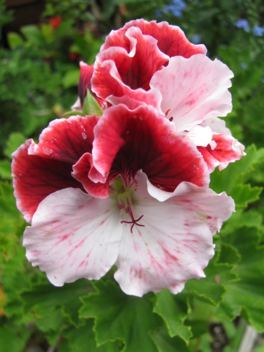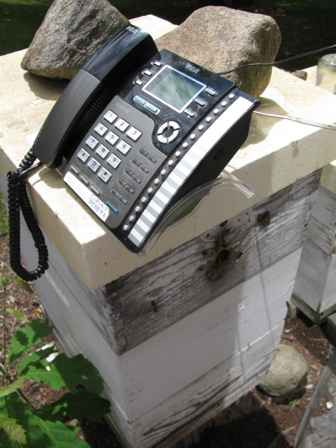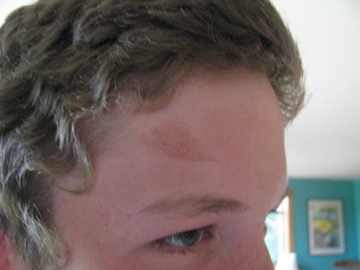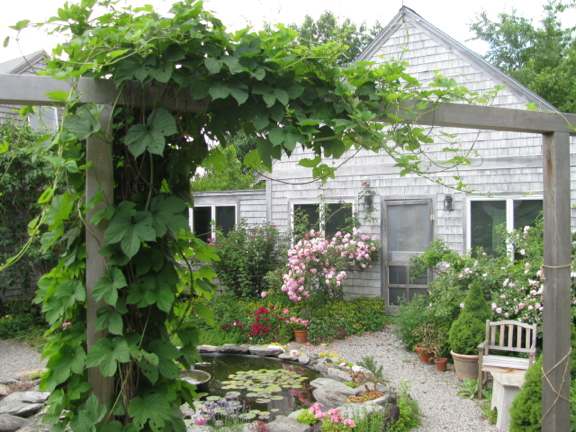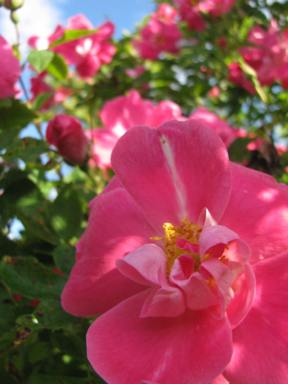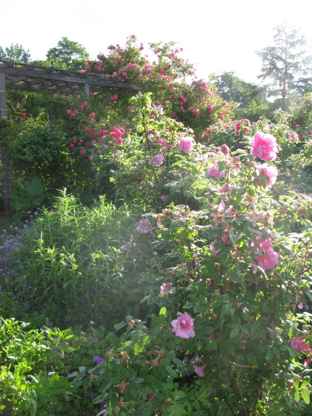Tristan de Cunha. Located 1,700 miles off the coast of South Africa, 2,000 miles from South America and smack dab in the middle of the Atlantic, this 37.8 square mile island is considered to be one of the remotest places on earth.
In 1506, portuguese explorer, Tristao da Cunha, did a sail-by without landing. In a typical bout of explorer hubris, this sail-by seemed to be enough for him to decide to name the uninhabited island after himself.
It wasn’t until 1643 that people actually came ashore and it took until 1810 for someone to settle permanently on the island. This first full time resident, Jonathan Lambert, was originally from Salem, Massachusetts. Apparently he was a bit of a dreamer or simply a big egotist like Tristao. He claimed the island as his kingdom in 1810. His rule of what he called, “the Islands of Refreshment” was short lived as he died in a boating accident in 1812, shortly before the British took control of the island in 1816.
The British swept in to “annex” the island when they began to worry the French would use Tristan da Cunha to stage a rescue operation of Napoleon from his prison on Saint Helena, an island located 1,500 miles north.
Annex is a nice word in relation to housing, but in history it is rarely a good thing when a country annexes anything. However, Tristan da Cunha is so remote that it has remained challenging for the British to play out any imminent domain/masters of the universe sort of dramas on her shores. One exception to their hands-off management style occurred in 1961 when the British required the entire population to evacuate the island due to a volcanic activity.
The current population is thought to have descended from 15 ancestors, eight males and seven females, who arrived on the island at various times between 1816 and 1908. At present the population is about 275. I expect it was just shy of this number in 1961 when the islanders were relocated first to Cape Town, South Africa and then to a collection of disused huts in Pendell Army Camp in Surrey, England then finally to a Royal Air force station in Southampton.
When I was a young girl, I read a book about the islanders’ experience in the modern world and their decision to go back to Tristan da Cunha come hell, high water or further volcanic explosions.
Their story appealed to me on so many levels. I felt just as they did about city noise and modern contraptions. I could well imagine making the decision to go back to their tiny community and wild island world. I was ready to go there myself.
Lucky for me, life settled me in a place with some odd similarities to Tristan da Cunha. The 2000 census lists the landmass of “Meriden Island” with a population of 309 while more current data lists it’s population as 211. I haven’t noticed a large exodus so I expect our population is really pretty much like Tristan da Cunha at around 275. The “sea” around our tiny landmass is not as empty as in the south Atlantic. It contains Walmarts and Home Depots as well as large tracks of forest lands.
Out on those high seas, smart phones work and people can upload to Facebook without problems. Here on Meriden Island, the smart phones don’t work. Or at least on this part of Meriden island, this funny hill, the inhabitants have to leave home to talk on their iPhones. Even sending a text requires walking around our hay field until a message finally finds a way to launch. I don’t exactly know why we are in what off-islanders call a “dead zone” but we are. The folks on Tristan da Cunha may even be doing better with technology than us. In 2005 they were given a UK postal code to (TDCU 1ZZ) to make it easier to shop online. Perhaps they have their own cell tower now too.
Were we to reside on actual high seas like Tristan da Cunha, people might understand why we have so many technology snafus here on Meriden Island. I am sorry for all the technology problems we have that complicate connecting with us. We may not appear to be on a remote island in the middle of the Atlantic, but for some reason, technologically speaking, we are.
Our phone problems are legion. Email gets hung up and arrives in clumps at random moments according to the whims of forces unknown to us. Lately, there have been even more delays than usual. Our DSL line is slow as molasses because we live so far down the line as to be only able to get unreliable service. That is what they keep telling us when we call to ask them to clear our line or “do something” to help us out. I have spent a month trying to upload a new photo to our Facebook page and even with Jim, Ben and Will involved, nothing will load. It used to be easy to upload photos. Just a month ago in fact, but apparently right now, no can do. So far, I can still launch blogs from here. Fingers crossed that this stays true. Soon I may have to go off-island to some cafe with wireless to get anything done.
Not to worry. We are here. Our gardens are full of Flowers and our shelves full of Flower Essences ready for you. We open every email we get when we get it, and most of them do seem to get here eventually. We go to town each day to get our mail from you and to mail you your packages. I seem to have gotten my wish to live on a Tristan da Cunha, a place cut off from the hustle and bustle of modern life. And despite my occasional hand wringing, I like the quiet of all these things not working quite right. I like that we hear the thrushes all day long and watch fireflies at night. If there is a mandatory evacuation for a volcanic eruption, I will come back as soon as I can. I like it on this hilltop, this island of old fashion refreshment. And from this spot, we do our best to keep sending you our Flower Love. And we will keep doing this no matter what.



